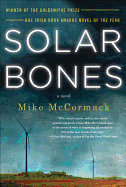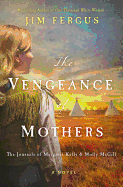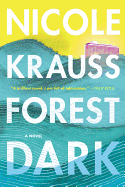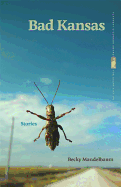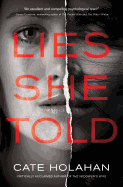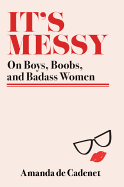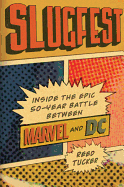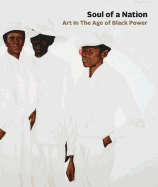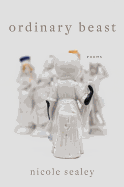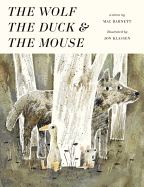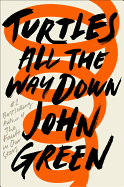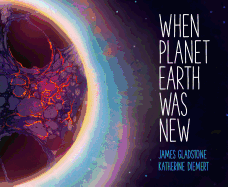After the Storms: Paolo Bacigalupi's Ship Breaker
The world of Paolo Bacigalupi's Ship Breaker series (Little, Brown) is sodden with color: inky blacks, liquid golds, arterial reds. Every page is damp with humidity, sweat and blood. It depicts a future United States, gruesomely affected by global warming. The heavily populated coastal cities of the past are underwater and scavenged cities have been built atop; warring militias of primarily child soldiers terrorize the nation. 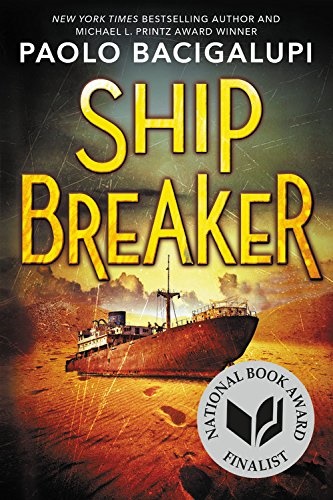 In the first book, Ship Breaker, teen Nailer is a scavenger, climbing through old shipwrecks to pull out copper wire to sell to big companies. Nailer's father is terrifyingly powerful--an abuser and an addict, he looks out for only himself. When Nailer stumbles upon an incredible scavenge, he finds himself battling his father while surprisingly aided in his fight by Tool, the bioengineered war beast his father employs.
In the first book, Ship Breaker, teen Nailer is a scavenger, climbing through old shipwrecks to pull out copper wire to sell to big companies. Nailer's father is terrifyingly powerful--an abuser and an addict, he looks out for only himself. When Nailer stumbles upon an incredible scavenge, he finds himself battling his father while surprisingly aided in his fight by Tool, the bioengineered war beast his father employs. 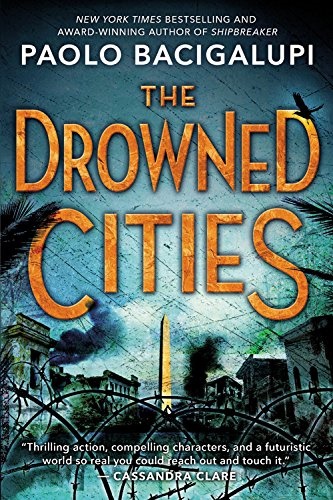 The Drowned Cities opens with Tool imprisoned, almost dead. He escapes and is found and healed by Mahlia and her friend Mouse, both refugees of the Drowned Cities war. Mahlia feels indebted to Mouse: were it not for his intervention, the soldier boys who cut off her hand would have done much worse. Now, though, a militia takes Mouse prisoner, and Mahlia convinces Tool to enter the warring Cities to save her friend.
The Drowned Cities opens with Tool imprisoned, almost dead. He escapes and is found and healed by Mahlia and her friend Mouse, both refugees of the Drowned Cities war. Mahlia feels indebted to Mouse: were it not for his intervention, the soldier boys who cut off her hand would have done much worse. Now, though, a militia takes Mouse prisoner, and Mahlia convinces Tool to enter the warring Cities to save her friend.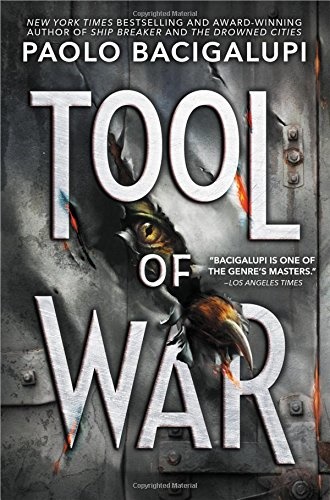 Tool of War (published October 10, 2017) builds on Mahlia and Tool's story, picking up after Tool, the leader of an army of child soldiers, has won the Drowned Cities war. The half-man, designed by military scientists to be a loyal slave to his master, is now being hunted by the owner he (somehow, years ago) disobeyed. A complicated creature, Tool tries to save his found family (his "pack") as he uses his fluency in war to take down his hunters and maintain his sovereignty. --Siân Gaetano, children's and YA editor
Tool of War (published October 10, 2017) builds on Mahlia and Tool's story, picking up after Tool, the leader of an army of child soldiers, has won the Drowned Cities war. The half-man, designed by military scientists to be a loyal slave to his master, is now being hunted by the owner he (somehow, years ago) disobeyed. A complicated creature, Tool tries to save his found family (his "pack") as he uses his fluency in war to take down his hunters and maintain his sovereignty. --Siân Gaetano, children's and YA editor




 Book you're an evangelist for:
Book you're an evangelist for: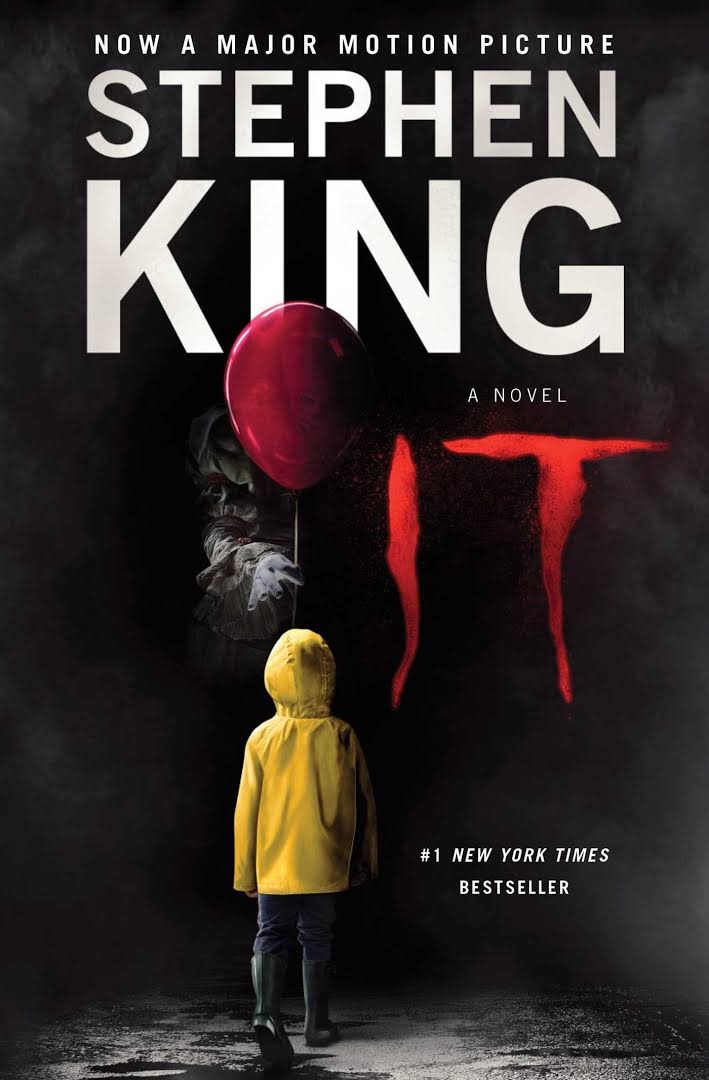 The latest adaptation of Stephen King's It (1986) set a new box office record for an R-rated horror film. As of October 10, It has earned more than $307 million in the U.S. and $606 million worldwide, and garnered critical praise. All of that puts plenty of pressure on the promised conclusion to this duology coming in 2019, which, like the 1990 television miniseries, splits the story between child and adult characters battling an evil, shape-shifting predator in Derry, Maine, that emerges at regular intervals to feed on children. The most common form It takes is Pennywise the clown, played to great effect by Tim Curry in the miniseries and by Bill Skarsgård in the film. A group of outcast 11-year-olds band together to defeat the creature, or so they think, until It reappears decades later. In the novel and miniseries, these time periods are split between the 1950s and 1980s. The film places the childhood sequence in the '80s, with its sequel set in the modern day.
The latest adaptation of Stephen King's It (1986) set a new box office record for an R-rated horror film. As of October 10, It has earned more than $307 million in the U.S. and $606 million worldwide, and garnered critical praise. All of that puts plenty of pressure on the promised conclusion to this duology coming in 2019, which, like the 1990 television miniseries, splits the story between child and adult characters battling an evil, shape-shifting predator in Derry, Maine, that emerges at regular intervals to feed on children. The most common form It takes is Pennywise the clown, played to great effect by Tim Curry in the miniseries and by Bill Skarsgård in the film. A group of outcast 11-year-olds band together to defeat the creature, or so they think, until It reappears decades later. In the novel and miniseries, these time periods are split between the 1950s and 1980s. The film places the childhood sequence in the '80s, with its sequel set in the modern day.